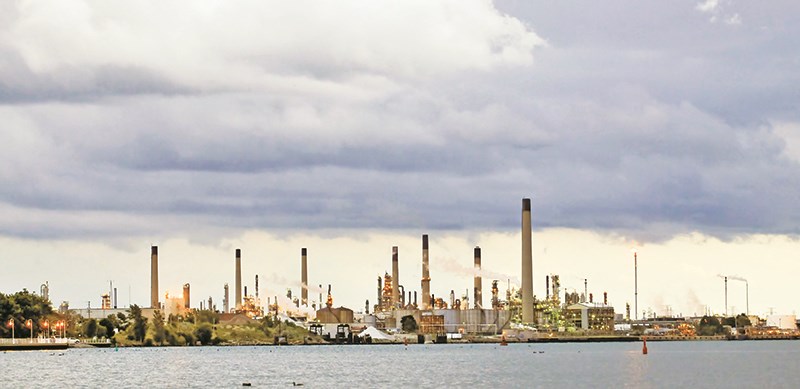
Talk of a “Hydrogen Economy” isn’t new; it has been discussed for decades.
The thinking was that hydrogen could be used to produce electricity to power our cars and buses, etc. But where gasoline and diesel when burned produce carbon dioxide (a greenhouse gas), hydrogen releases energy and only one by-product, water vapour.
At the same time companies like Ballard Power were researching and manufacturing hydrogen fuel cells, work was underway researching batteries as an alternative to fuel cells. In fact, battery technology has improved so rapidly it has become the de facto replacement for internal combustion engines in passenger vehicles.
But batteries can’t do everything. They can’t (at least not yet) replace liquid fossil fuels in all applications.
Rail locomotives, large ships and passenger aircraft, and long-distance trucks and construction equipment all need energy-dense alternatives to liquid fossil fuels. This is where hydrogen may find a market.
In addition, hydrogen could replace coke in steel manufacturing. Low-cost, low-carbon electricity could even be used to make hydrogen for export to energy hungry countries like Japan.
It is important to note that hydrogen is not an energy source. It is an energy carrier, analogous to a battery. Just as you must charge a battery with energy for later use, it takes energy to make hydrogen, and you get energy out again when the hydrogen is converted back to water.
The Bowman Centre for Sustainable Energy recently sponsored a research project by a team at Queen’s University. The project investigated the practicalities and economics of building a 500MW hydrogen facility close to Sarnia.
The facility would use low-carbon, off-peak electricity to produce hydrogen through water electrolysis, store it in an underground cavern, and turn it back into electricity during high consumption periods.
This energy storage facility could save consumers millions of dollars each year in addition to reducing peak time greenhouse gas emissions. Or the hydrogen could be used directly to power ships, aircraft, etc. as those markets emerge.
The world is changing and changing fast. To remain competitive, Sarnia-Lambton needs to find new, 21st century industries and new jobs.
Sarnia-Lambton is the only location in Ontario that has our industrial chemical background, infrastructure and resources, ample underground storage capacity, and a workforce trained for a hydrogen project.
We could become the centre of Ontario’s hydrogen industry, but we must act quickly. While the Sarnia-Lambton Economic Partnership is leading the campaign to make Sarnia-Lambton a hydrogen hub, we need our community and elected representatives at all levels of government to support this initiative.
Peter R. Smith is an associate at the Bowman Centre for Sustainable Energy
